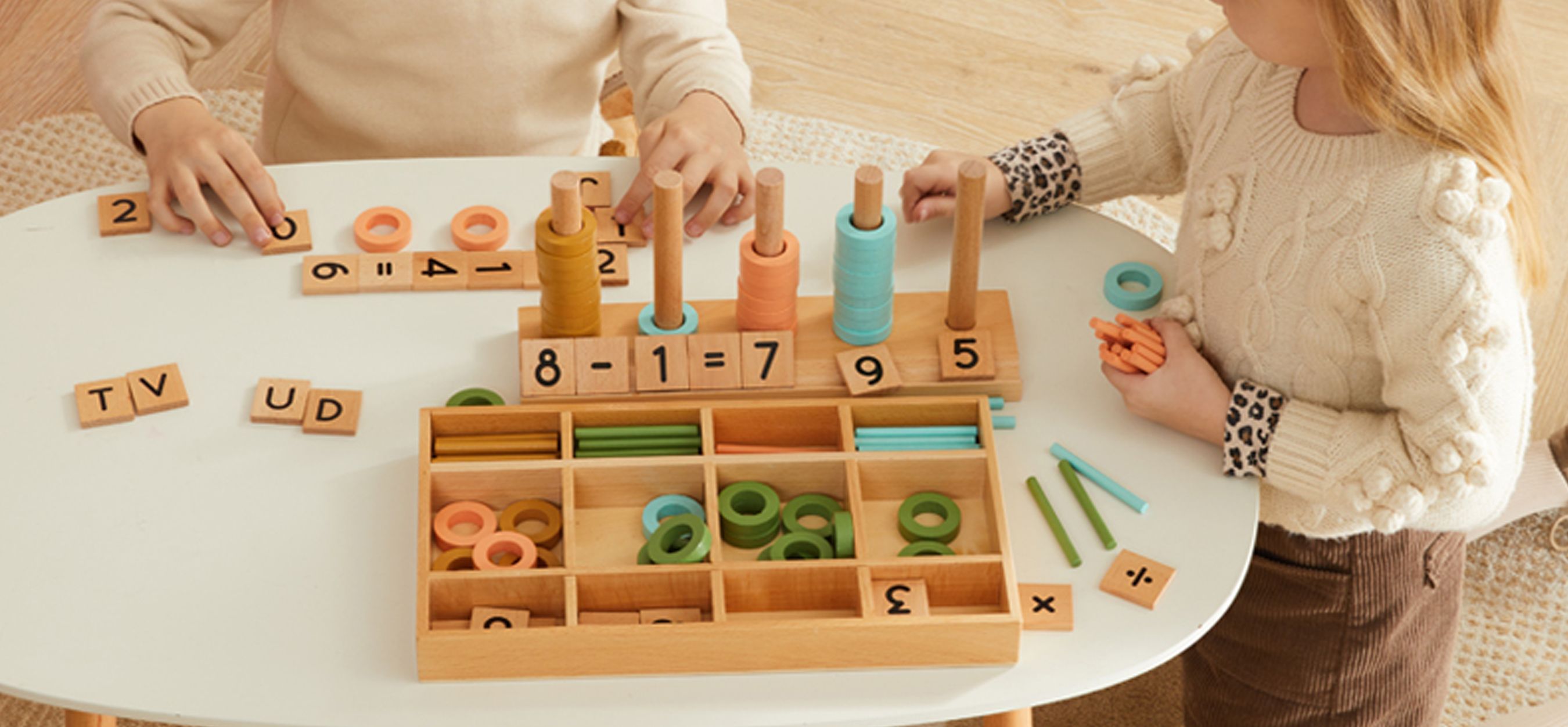
Ask An Expert
The Importance of Cooperative Play for Children
If you have a child under the age of 5, you might have heard the term cooperative play mentioned by a pediatrician or preschool teacher. And you may have heard that it's vital for developing social skills and effective communication. But what is cooperative play in child development? Why is it important, and when should kids start doing it? Here's everything you need to know about cooperative play, including the benefits, stages, and activities you can try at home.
What Is Cooperative Play?
Cooperative play is when children play together. Sometimes called associative play or social play, it involves communicating, playing with the same toys, building off each other's ideas, or having a shared goal.
This type of play can be almost any shared activity, like playing "house," doing a puzzle, building a tower of blocks, or dressing up as superhero buddies who save the world together. But know that cooperative play generally only means children playing together, rather than a kid playing with their parent—which usually happens earlier.
Solo Play vs. Cooperative Play vs. Parallel Play
Cooperative play is different from solo play (aka solitary play) and parallel play. Solo play, as the name suggests, means a child is playing by themselves. This is usually the first stage of play for babies and young toddlers.
Parallel play is when two or more kids are near each other but still playing independently. There's also onlooker play, which is when younger children take an interest in what older kids are doing and watch them play without joining in.
Stages of Cooperative Play Development
Here's a rundown of the different types of play for children's development and what order they usually go in:
- Unoccupied play. Babies and toddlers about 18 months and younger typically do unoccupied play. This form of play has no real organization or order—it's mostly just exploring the look and feel of toys and objects.
- Solo play. Toddlers begin solo play next. This is a bit more focused and can involve playing with toys, like stacking blocks, vrooming miniature cars around, or pretending.
- Onlooker play. In this stage, young children will watch other kids playing but may be too shy or unsure how to join in. It's a totally natural phase, and they can still learn by observing.
- Parallel play. Parallel play is like a prerequisite for cooperative play. Starting at age 1 or 2, it's when children sense each other in the room but aren't quite engaging with each other yet. They might be playing with the same set of toys, though.
Cooperative play. Cooperative play is considered the final stage of play. It takes children longer to begin playing with other kids because it involves communication, following rules, sharing, and, well…cooperation. This stage will usually start around age 4, but some kids might be earlier or take a little longer.
Benefits of Cooperative Play for Children
Cooperative play is super beneficial for young children with developing brains. It fosters social skills, teamwork, collaborative thinking, and communication.
This type of play can also help younger kids with emotional development, problem-solving, and conflict resolution. By sharing toys, taking turns, and building on each other's ideas, they learn how to engage with other people—which we all know is a life skill that comes in handy at every stage, from childhood through adulthood.
Examples of Cooperative Play Activities at Home
Collaborative play can involve just about any screen-free activity shared among two or more children. It can mimic real-life scenarios with role-playing, such as doctor appointments, ordering and delivering food, or a pretend classroom setting with a teacher and students.
Associative play can also involve toys like puzzles, building blocks, or a play food set. It might involve working together on a common goal, like organizing stuffed animals, building a fort with blankets and pillows, or planning and performing a puppet theater show. It can also involve a simple game like hide-and-seek or Duck, Duck, Goose.
Some children may be able to generate ideas independently, but you can help them with brainstorming.
Cooperative Play Toys and Sets From Maisonette
Maisonette is a family company founded by moms who understand what young children enjoy and need at each developmental stage. We carry a range of brands offering cooperative play toys and sets, including Pintoy, Haba, Dough Parlor, Teamson Kids, and Wonder & Wise by Asweets.
Some of our favorite cooperative play toys are the Surprise Stories Nighttime Storytelling Game, Dough Parlor Unicorn Playbox, and Hi-Low Activity Table.
Whether you're exploring infant developmental milestones, introducing cognitive development activities, or wondering "What is pretend play?", our collection supports your child's growth through play that encourages learning and social development. Explore our collections to see what's available.
Sources
Yogman M, Garner A, et al. (2018). The Power of Play: A Pediatric Role in Enhancing Development in Young Children. Pediatrics. American Academy of Pediatrics. doi.org/10.1542/peds.2018-2058
Toppe T, Hardecker S, et al. (2019). Playing a cooperative game promotes preschoolers' sharing with third-parties, but not social inclusion. PloS one, 14(8), e0221092. doi.org/10.1371/journal.pone.0221092
Elias CL and Berk LE. (2002). Self-regulation in young children: Is there a role for sociodramatic play?. Early Childhood Research Quarterly. doi.org/10.1016/S0885-2006(02)00146-1
Fantasia V, Moncalli F, et al. (2024). Shared Construction of Social Pretend Play Sequences at the Kindergarten. Europe's journal of psychology, 20(2), 116–128. doi.org/10.5964/ejop.12443
Brigano MO. (2011). Parallel Play. Encyclopedia of Child Behavior and Development.
Rymanowicz K. (2015). The power of play – Part 1: Stages of play. Michigan State University Extension: Child & Family Development.